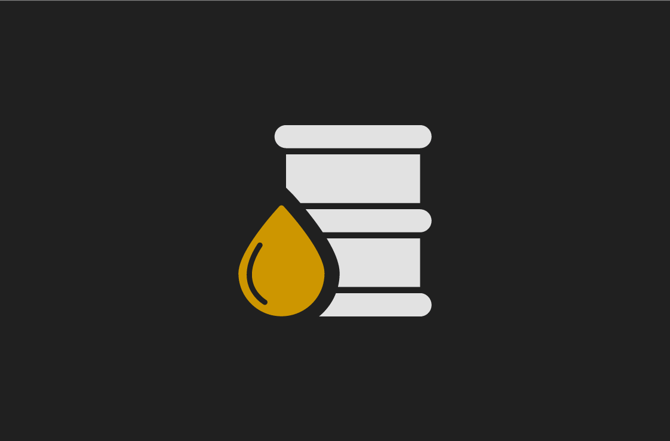Oil Prices Remain High on Supply Concerns

Responding to lingering concerns over supply, oil prices responded to strong short-term demand by trading at highs last seen in 2014.
After last week’s trading, Brent crude futures reached $89.17 a barrel, its highest level since October 2014. US West Texas Intermediate crude futures reached as high as $87.91 in the same period, a level not seen since late 2014.
Looming threats to key oil supply lines have caused jitters in the market. Russia has installed significant troop numbers close to Ukraine's border, raising concerns of an invasion that could lead to oil-supply blockages.
Beyond these isolated uncertainties, The International Energy Agency expects oil demand to return to pre-pandemic levels. Many analysts also expect a generalized post-pandemic recovery to energize demand in the long term. Indeed, sources close to OPEC have said there is expectation from within the oil-producing block that oil will likely rally in the coming months, possibly culminating in a $100-a-barrel price.
What does this mean for me?
As a commodities trader, watching the movements of oil is a valuable exercise. More than most other commodities, this crucial resource is inextricably linked to the health of the world economy. As you observe this commodity, you may find that its fortunes have near-immediate impacts on key economic levers, such as consumer pricing, inflation and interest rates.
More News

Copper Prices Head Into Uncharted Territory

Silver’s Surge Shows Rate-Cut Bets and a New Layer of Trade Risk
.webp)
Gold’s Breakout Year Sets a High Bar for 2026
.webp)
Europe’s Gas Chill Turns Into a Price Rout

The Rare Earths Boom Driving a New Global Supercycle
.webp)
Brent Rises as Fresh U.S. Sanctions Choke Russian Oil Exports

Global Wind Market Set to Hit $304 Billion by 2029
.webp)